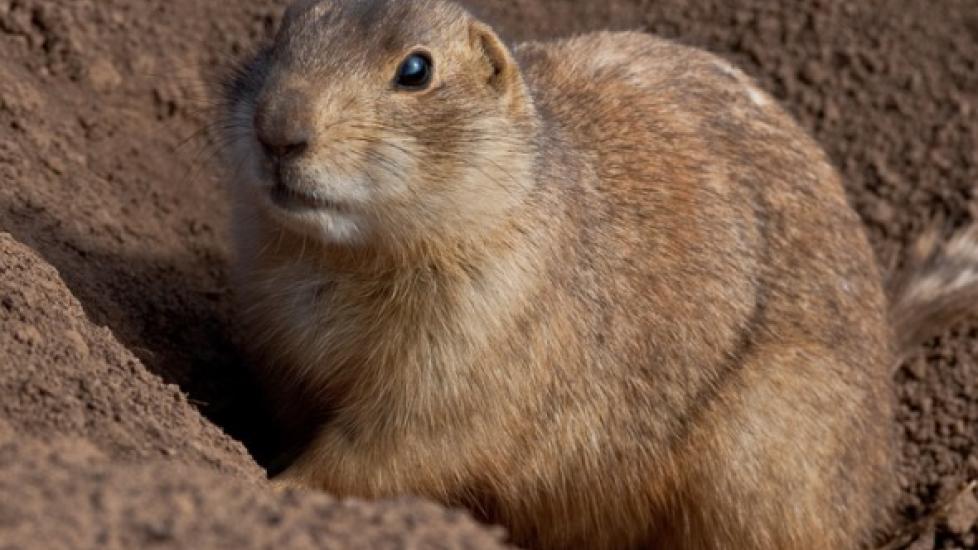Hair Loss in Prairie Dogs
Alopecia in Prairie Dogs
Alopecia is the term given to the unusual loss of hair. The most frequent causes of hair loss in prairie dogs include injury due to rubbing or prickling of fur on wire cages; poor nutrition; and skin parasites such as fleas, lice, ticks, and parasitic fungi that affect the skin, hair, or nails.
Symptoms
- Hair loss
- Weight loss
- Skin sores
Recommended Products
Causes
There are a variety of causes for alopecia in prairie dogs, including:
- Constant rubbing on metal cage feeders or excessive burrowing; typically the hair loss occurs around the face
- Nutritional disorders such as deficiencies in vitamins, minerals, and/or proteins
- Fungal (ringworm) or parasitic (ticks, mites, etc.) infections, which usually occur due to direct contact with infected animals and/or contaminated objects such as cage bedding
Diagnosis
Your veterinarian may easily diagnose alopecia by observing the prairie dog's clinical signs. Identifying the underlying cause of the alopecia, however, may involve blood tests and microscopic skin scraping examinations to rule out nutritional disorders and ectoparasitic infestations, respectively. Examining a sample of your pet's hair under a Wood's lamp can also be useful in detecting fungal infections.
Treatment
Identifying the cause for alopecia and attempting to eliminate it forms the basis of treatment. Your veterinarian might advocate the use of parasiticidal agents to kill the ticks and mites if they are the cause for the hair loss. If a nutritional cause has been diagnosed then your vet might prescribe some vitamin and mineral supplements as well as a good nutritious diet to help overcome the deficiency. And in case of fungal infections, treatment may include fungicidal ointments, hair clipping of the affected areas, povidone-iodine scrubs, or oral antifungal medication.
Living and Management
Follow your veterinarian's instructions for administering the medication(s) and vitamin and mineral supplements. Fleas on wild prairie dogs also pose a risk of carrying the organism that causes plague. Therefore, take steps to clean and disinfect the cages in cases of ectoparasitic infestation and to help prevent reinfestation. Ringworms are especially worrisome, as they can be transmitted to humans while handling an infected animal.
Prevention
Ensuring that your pet prairie dog is free of ectoparasites as well as feeding it a nutritionally well-balanced diet can help prevent alopecia in most cases.
Featured Image: iStockphoto.com/JeffGoulden




